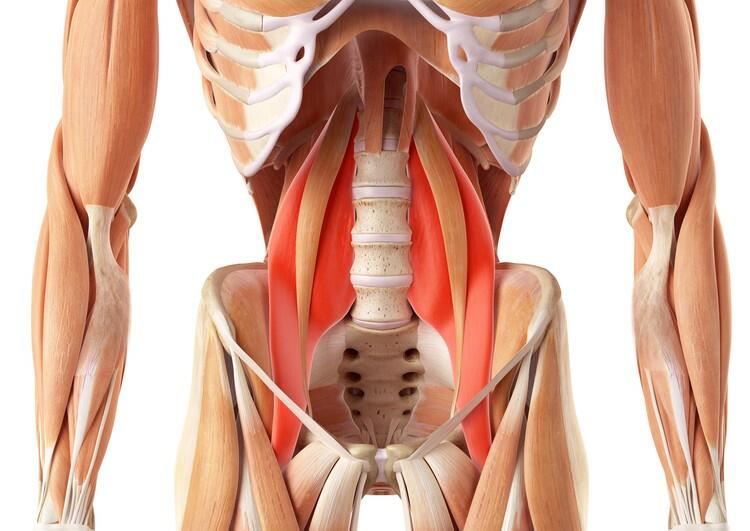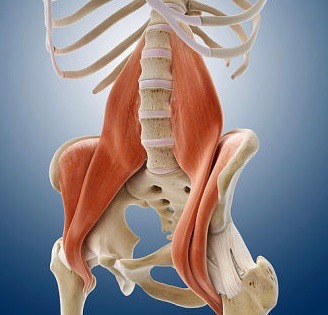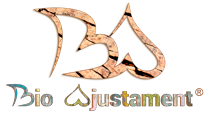Project Description
One of the most important parts that we work in BioAjustament is the Psoas. It’s a very special muscle. So in the women’s accompaniment program, The Psoas would be the main protagonist. BioAjustament has designed specific exercise blocks to discover the importance of this fantastic muscle. To have more information, here’s a little explanation of it.
THE PSOAS, THE MUSCLE OF THE SOUL
Psoas – iliac muscle, is a stabilizing muscle of the human body that lies deep in the very center of the body, between the intestines and the spine. It affects our structural balance, range of motion, joint mobility and functioning of the organs of the abdomen.
- It is the only muscle that connects the lower and upper body, connects the spine to the legs. It is responsible for standing and the one that allows us to lift our legs to walk.
- It begins on both sides of the spine and extends laterally from the chest vertebra 12 (D12) to each of the 5 lumbar vertebrae. From there it heads down through the abdominal musculature and pelvis, to attach to the top of the femur. One of the characteristics of the psoas is being a kind of shelf that supports the internal organs, along with the pelvis as a bowl and the pelvic floor. So, a muscle contraction of the psoas can stimulate and massage organs such as the intestines, kidneys, liver, spleen, pancreas, bladder and stomach. Reproductive organs are also affected.
- The psoas acts in harmony with the diaphragm, linking the rhythms of the body’s movement with the breathing rhythms and, between them, perform a continuous massage on the spine, organs, blood vessels and nerves of the trunk, stimulating the movement of fluids throughout the body, as an hydraulic pump.

- With the diaphragm, a vital muscle of breathing, they come together at a point known as a solar plexus. The solar plexus is an area behind the stomach, near the navel and in front of the aorta artery and diaphragm, where an entire nerve network is located.
- Let’s follow an important nerve for the woman, the genitofemoral nerve: Its origin is in the nerve roots of the L1 and L2 vertebrae. Emerges from the anterior surface of the major psoas. It is divided into a femoral branch and a genital branch.The femoral branch innervates the anterior skin at the top of the femoral triangle. The genital branch ends up on the skin of Mount Venus (the anterior part of the vulva) and the larger lips.
- And another important nerve to consider is the ilioinguinal nerve: It emerges from the lateral edge of the major psoas. And it has ramifications in the transverse abdomen and inner oblique, as well as pubic synphysis, femoral triangle and female lips.
- So some of the sexual excitement and orgasms have a relationship with the psoas… It’s important to know how we have our psoas, isn’t it?
Some recent studies consider psoas muscle, in addition to all that has been said, an organ of perception. And it is composed of bio-intelligent tissue that literally embodies our deepest desire to survive and bloom. So, it is the primary messenger of the central nervous system. So it is also considered as a spokesman of our emotions (” when we feel butterflies in the stomach”). This is due to the psoas muscle is connected to the diaphragm through connective tissue or fascia. Thus it is affected in both breathing and reflex fear.
- Today we have a body science called somatic. It is known that people may have memories of traumatic events integrated into both the body and the brain. The psoas muscle, because of its deep location and connection, affects the central and peripheral nervous systems. Because traumatic stress memory plays a critical role in behavioral patterns, it can be placed in the major psoas as a perception organ.
- Stress triggers the adrenaline levels of our sympathetic nervous system that chronically activates and keeps the psoas in tension, so you’re ready to run or fight at all times. If we constantly keep the psoas muscle in tension due to stress, over time it begins to shorten and harden. This will hinder our posture and the functions of the organs that inhabit the abdomen, resulting in back pain, sciatica, sacral pain, scoliosis, knee pain, disc problems, hip degeneration, painful periods or digestive problems.

- Psoas muscle atrophy is reflected in an abdomen usually in tension and compressed, a diminished vitality and altered breathing. These events that involve emotional disturbances and also constant aggressiveness for no apparent reason.
- The psoas muscle would be like an organ of channeling energy, a nucleus that connects us to the earth. It allows us to create a firm and balanced support from the center of our pelvis. Thus the spine lengthens, and through it can flow all our vitality.
- When we cultivate the health of our psoas muscle, our vital energies are revived and we connect again with our CREATIVE POTENTIAL.
BioAjustament can help you with specific exercises to release the psoas muscle, together with all the structures that work with it. And in this way, make a whole accompaniment of the body-mind-soul system.
